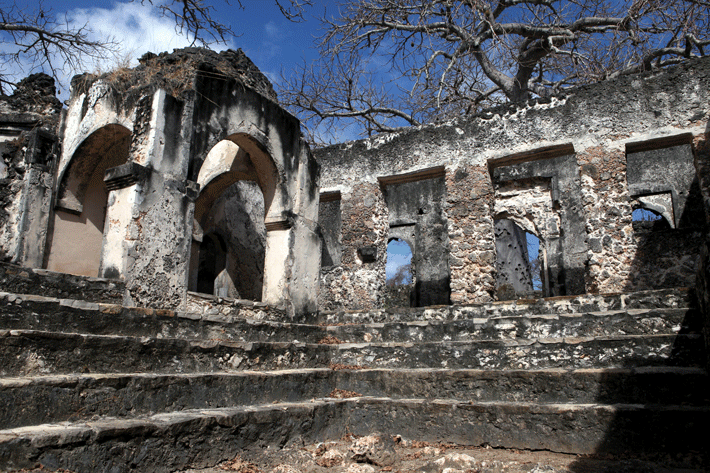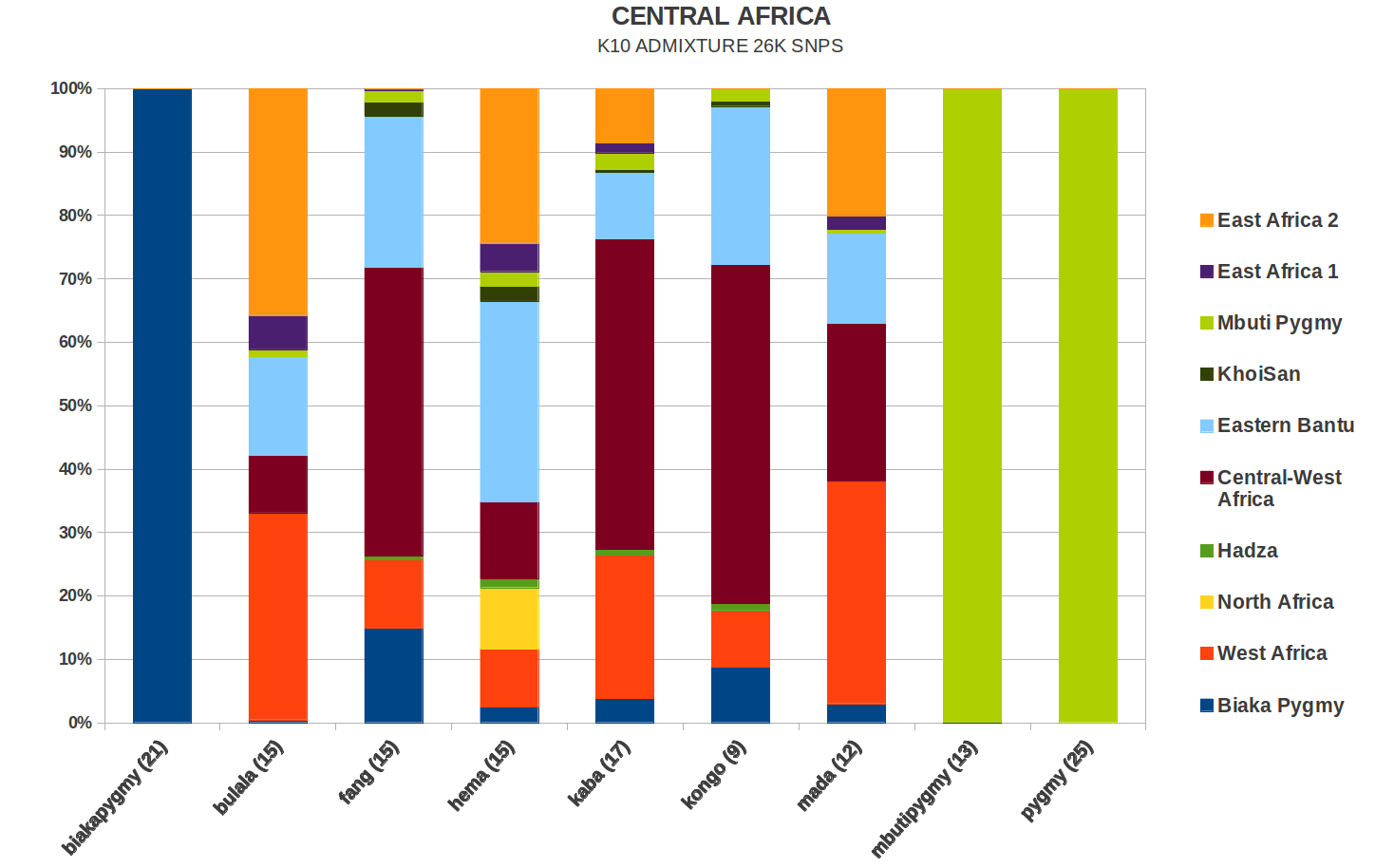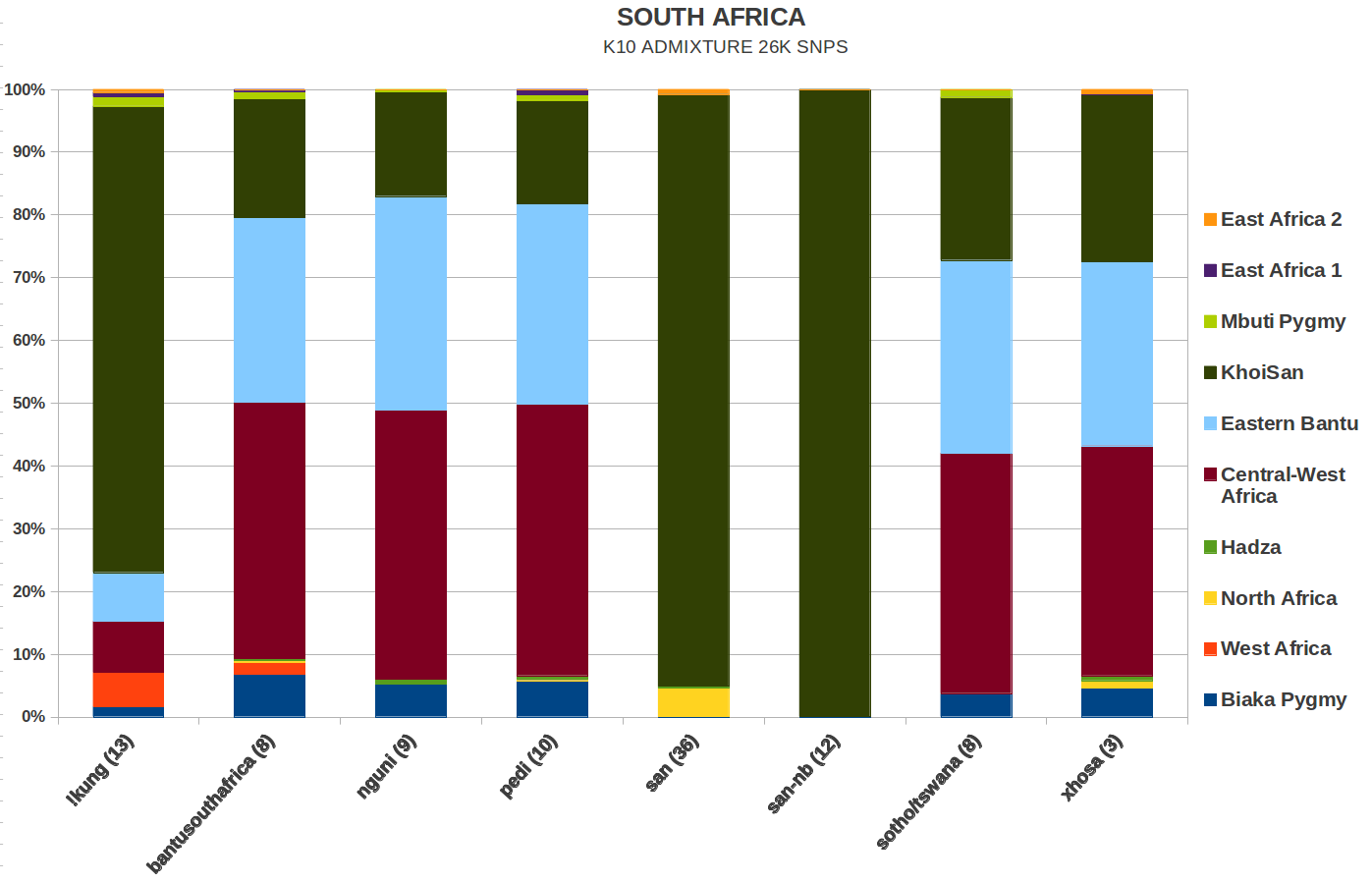Little people in many West African cultures are seen as wizards. You're onto something here...
You are using an out of date browser. It may not display this or other websites correctly.
You should upgrade or use an alternative browser.
You should upgrade or use an alternative browser.
The Peopling of Africa
- Thread starter The Odum of Ala Igbo
- Start date
-
- Tags
- africa ethnic groups history
More options
Who Replied?Trajan
Veteran
- Why do the Dinka outnumber the Nuers if the Nuer had a clear advantage over them for a few centuries?
 What I was going to ask.
What I was going to ask.And the Luo..Kalenjin etc came down from South Sudan

The Odum of Ala Igbo
Hail Biafra!
Do we wish to discuss the Horn of Africa, Southern Africa or Northern Africa (incl. Egypt) next?
I say we focus on the South East Swahili States and the southern states like Great Zimbabwe, Mutapo etc.Do we wish to discuss the Horn of Africa, Southern Africa or Northern Africa (incl. Egypt) next?
The Odum of Ala Igbo
Hail Biafra!
Website detailing the peopling of Nigeria
Igbo Language Roots and (Pre)-History - A Mighty Tree
Igbo Language Roots and (Pre)-History - A Mighty Tree
The Odum of Ala Igbo
Hail Biafra!
The Swahili States
 Coral house remnants
Coral house remnants
- The coastline of East Africa provided the setting for the distinctive features of Swahili culture: mercantilism, town dwelling, coral/stone architecture, Islam and an African language with Arabic script, social stratification with elites stressing non-African origins and finally belonging to a wider 'civilization'
- The Swahili language is of Bantu origin. Related to the Sabaki cluster of Northeast coastal Bantu that formed in the lower Tana river-Lamu archipelago around 500 AD.
- The original Sabaki lived in coastal villages or on offshore island villages where they could both fish and farm. Some took up new economic activity trading with merchants from Arabia and the Persian Gulf. Monsoons made the trade possible, with dhows leading the way. The trade is over 2000 years old, although Cushytes (Somalis, Oromo etc.) probably traded with Arabs first
- Between the 9th and 12th centuries AD, the major Swahili towns were founded. The first mentioned by Arabic sources was Kambalu and Rhapta (recently found by archaeologists!). Pate, Shanga, Manda, Kisimani Mafia, Kilwa Kisiwani, Mogadishu (!), Malinidi and Mombasa were other towns that were founded. Hundreds of others were probably founded and then vanished.
- Each town was autonomous and sent ivory, ambergris, tortoise shell, leopard skins, mangrove poles, gold and slaves to Arabia, India and Southern Iraq. Imports consisted of cotton, beads and chinaware.
- Ruling elites constructed separate quarters of stone and coral and constructed a new culture which tried to imagine a foreign origin that linked them to outside traders. They wore long flowing garments (kanga cloth?), ate off china plates using utensils and were among the first speakers of we now calls Swahili

The Odum of Ala Igbo
Hail Biafra!

Swahili Mtepe boat, remarkable for its construction without the use of nails!
- High point was from the 12th to 15th centuries. Gold became an increasingly important commodity with Mogadishu and Kilwa Kisiwani being the main outlets at first. Kilwa Kisiwani may have had 20,000 inhabitants at the first half of the 15th century. Mombasa probably had around 10,000.
- Elites, waungwana, were increasingly from Yemen and Hadramat. The myth of Shirazi or Persian Swahili origins emerged around this time period too. The growth of Islam in the Swahili coast cemented their authority. Muslims dominated towns by the 15th century.
- The arrival of the Portuguese spelled the end of Swahili prosperity. The Portuguese employed a divide-and-rule strategy against the Swahili which became effective. Additionally, Oromo expansion into Somalia and Northern Kenya made many Swahili to abandon their stone houses to places down south. The Oromo also trigged a Bantu migration along the coast which disrupted Swahili access to the goods they exported to the Indian Ocean World.
- The Swahili began to revitalize themselves during the 17th century. Helped by Omanis who expelled the Portuguese. Still, Oromo expansion continued to cause trade disruption.
- Direct trade was made possible with the Kilindi in the Usambaras, Kamaba, Nyamwezi and Yao all over the Kenyan highlands, Great Lakes region and Central Africa.
- Oman transferred its capital from Muscat to Zanzibar which deepened the importance of ivory and slaves from Africa to the Indian Ocean trade networks.
- By the 1840s, caravans from the interior regularly traveled to the coast. More Arabs and even Indians established towns such as Tanga and Bagamoyo on the coast.
- Arab culture finally rubbed off on Swahili culture by the 19th century, as Arabic words in Swahili dates from this period. Especially on Zanzibar. Of course there was intermarriage between the Swahilis and Arabs but again, many genealogies were invented.
- The Eastern African coast was little affected by the coming of Europeans (British and Germans) until the end of the 19th century aside from the banning of the slave trade.
The Odum of Ala Igbo
Hail Biafra!
Question:
Why is Mogadishu considered a Swahili trade town? Isn't it Somali?
How old is Rhapta? Isn't it alleged to be 2,000 years old?
Why is Mogadishu considered a Swahili trade town? Isn't it Somali?
How old is Rhapta? Isn't it alleged to be 2,000 years old?
Last edited:
The Odum of Ala Igbo
Hail Biafra!
More on the African technology behind the Swahili mtepe boat
Indigenous Boats: The Mtepes of Kenya
Indigenous Boats: The Mtepes of Kenya
The Odum of Ala Igbo
Hail Biafra!
A slight revival of this thread - does any one have good links on the Portuguese relationship to the Mfecane?
The Odum of Ala Igbo
Hail Biafra!
looks like south western africans who have heavier bantu affinities
more geared towards upper west africans


Where did you get these charts?
The Odum of Ala Igbo
Hail Biafra!
My new theory is that Nilo-Saharans and Niger-Kordofanians were once part of a single phylum. The shrinking of the Sahara pushed one group towards the east (Nilo-Saharans) and Niger-Kordofanians South.
Nilo-Saharans bumped into Afro-Asiatics who were moving up the Nile and thus created Nile cultures such as Ancient Egypt. Niger-Kordofanians stayed in the Sahel zone until they learned how to grow rice and yam. After doing so, they pushed West African pygmies out of the region and quickly ran it over. Thoughts?
@KidStranglehold
Nilo-Saharans bumped into Afro-Asiatics who were moving up the Nile and thus created Nile cultures such as Ancient Egypt. Niger-Kordofanians stayed in the Sahel zone until they learned how to grow rice and yam. After doing so, they pushed West African pygmies out of the region and quickly ran it over. Thoughts?
@KidStranglehold
The Odum of Ala Igbo
Hail Biafra!
My new theory is that Nilo-Saharans and Niger-Kordofanians were once part of a single phylum. The shrinking of the Sahara pushed one group towards the east (Nilo-Saharans) and Niger-Kordofanians South.
Nilo-Saharans bumped into Afro-Asiatics who were moving up the Nile and thus created Nile cultures such as Ancient Egypt. Niger-Kordofanians stayed in the Sahel zone until they learned how to grow rice and yam. After doing so, they pushed West African pygmies out of the region and quickly ran it over. Thoughts?
@KidStranglehold
Yes, but you must account for Interior Africans migrating East into the Nile Valley and Bantus migrating from the Great Lakes to the Nile Valley. The Niger-Kordofanian theory has been out there and makes tons of sense but there was also other groups already inhabiting the Niger basin.
My new theory is that Nilo-Saharans and Niger-Kordofanians were once part of a single phylum. The shrinking of the Sahara pushed one group towards the east (Nilo-Saharans) and Niger-Kordofanians South.
Nilo-Saharans bumped into Afro-Asiatics who were moving up the Nile and thus created Nile cultures such as Ancient Egypt. Niger-Kordofanians stayed in the Sahel zone until they learned how to grow rice and yam. After doing so, they pushed West African pygmies out of the region and quickly ran it over. Thoughts?
@KidStranglehold
There are actually a good number of people who co-sign this theory. And that Nilo-Saharans weren't a monolithic people and that West Africans or Niger-Congo speakers descend from Nilo-Saharan speakers that went west during the drying of the desert.